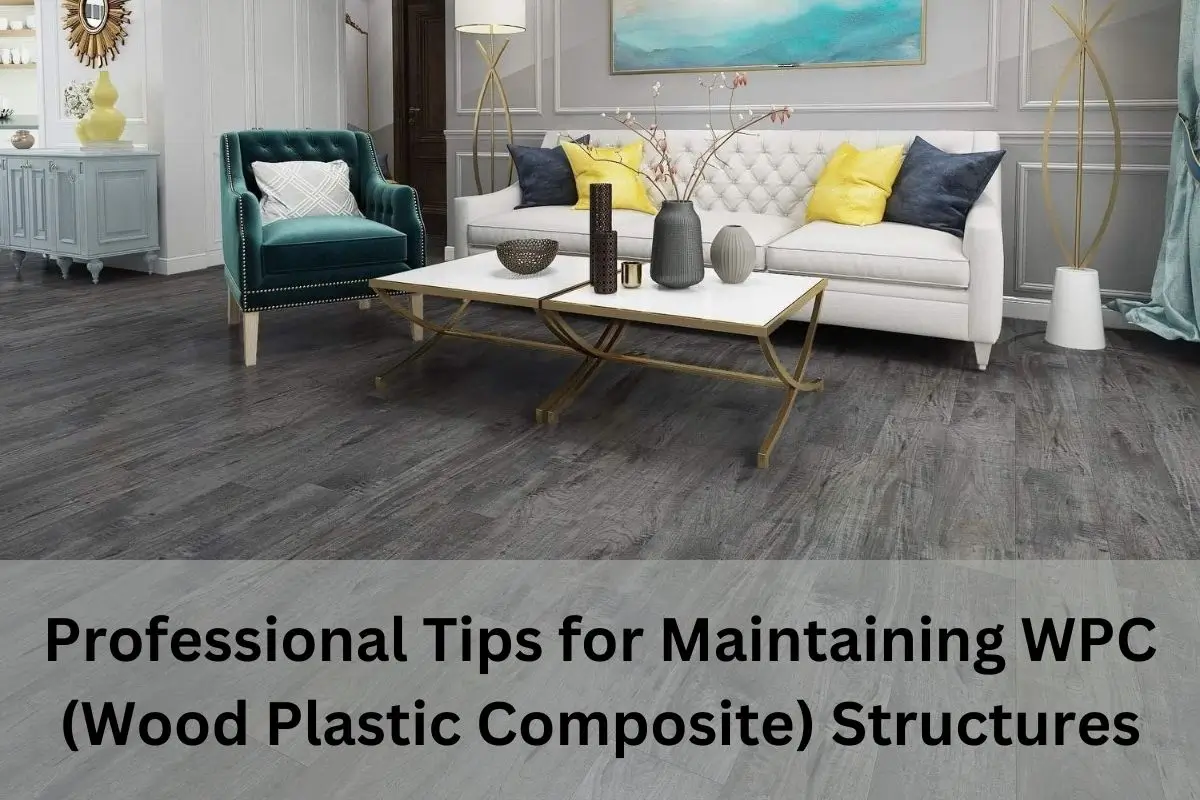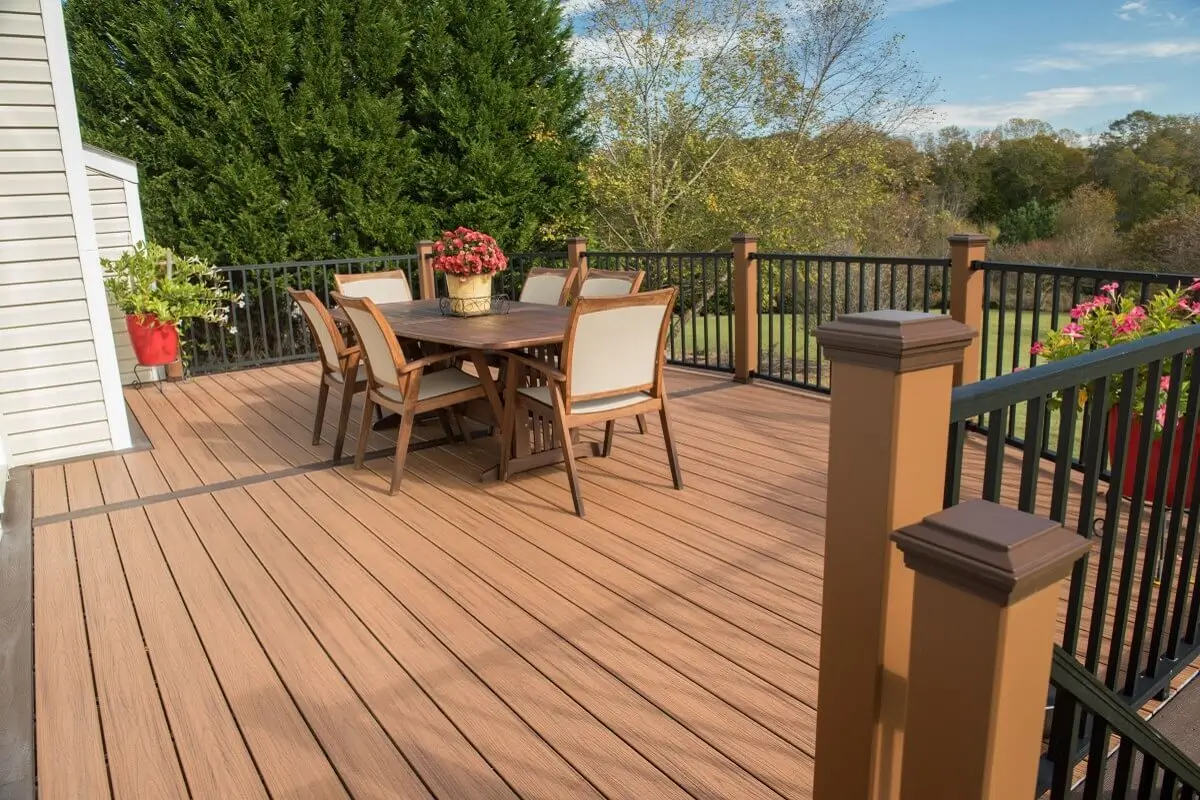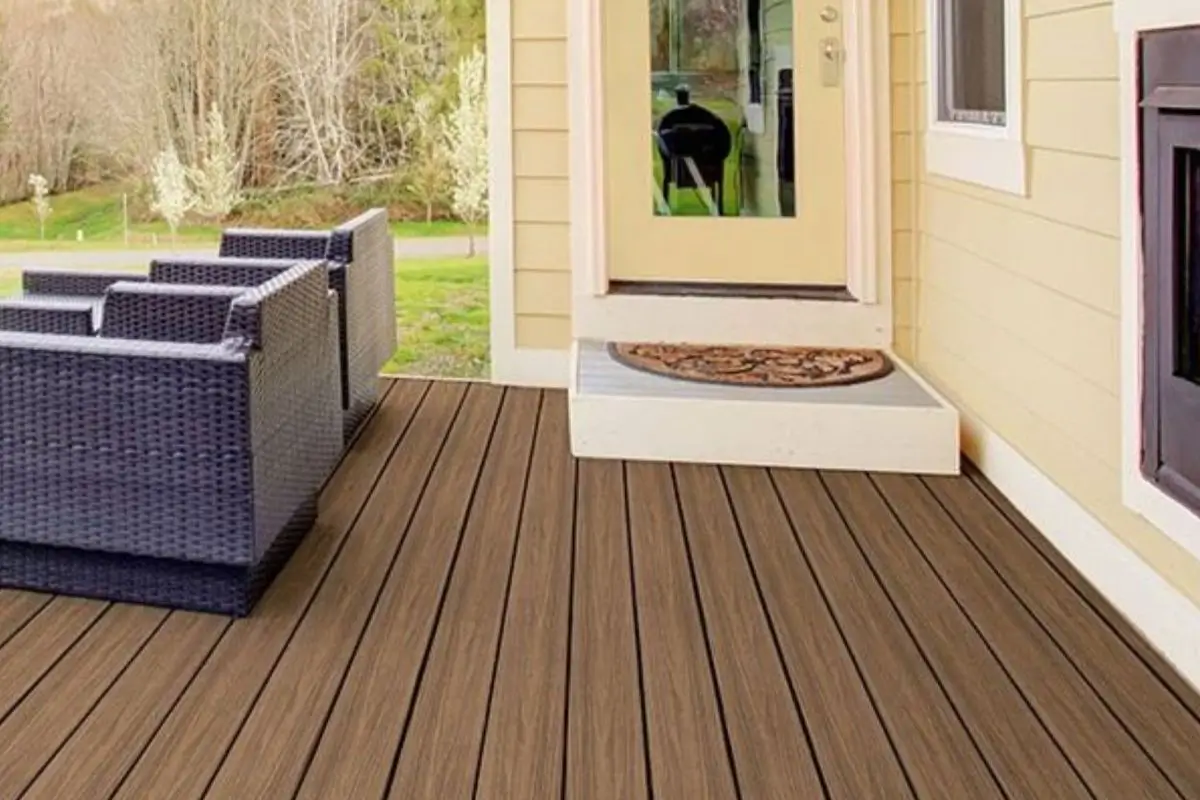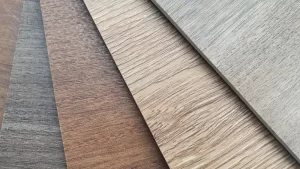Wood Plastic Composite (WPC) structures offer durability, low maintenance, and environmental sustainability, making them popular for decking, fencing, and other outdoor constructions. Despite their resilience, maintaining WPC materials is essential to preserving their aesthetic appeal and performance over time. In this blog, we’ll cover professional tips for keeping your WPC structures in prime condition, ensuring they remain a long-lasting investment. From cleaning techniques to seasonal preparation, each tip will guide you in maintaining the beauty and structural integrity of your WPC installations.
Understanding WPC Material Properties
WPC is a composite material made from wood fibers and plastic, combining the natural look of wood with the low-maintenance benefits of plastic. It’s highly resistant to environmental elements such as moisture, insects, and UV rays, making it ideal for outdoor use. While WPC doesn’t rot or warp like traditional wood, it can still experience surface wear, color fading, and scratches over time. Understanding these properties is key to proper maintenance, helping you prevent damage and extend the lifespan of your WPC structures without the need for extensive repairs or replacements.
Regular Cleaning
Routine cleaning is essential to maintaining the appearance of WPC structures. A simple wash with mild soap and water effectively removes dirt, dust, and debris. Use a soft brush or cloth to scrub the surface, ensuring you don’t scratch or damage the material. Pressure washing can also be used, but it’s important to keep the pressure low (under 1,500 psi) to avoid harming the WPC’s surface. Regular cleaning not only keeps the structure looking new but also helps prevent mold and mildew buildup, which can compromise both appearance and longevity.
Preventing Stains and Scratches
WPC surfaces are durable, but they are not immune to stains and scratches. Prevent scratches by using protective furniture pads under heavy objects like chairs or tables. Avoid dragging heavy items across WPC surfaces, as this can cause damage. Spills should be cleaned immediately to prevent staining, particularly if they involve oil, grease, or acidic substances. Consider using outdoor mats in high-traffic areas to reduce wear. By taking these preventive measures, you can maintain the pristine condition of your WPC structures and avoid costly repairs in the future.
Handling Mold and Mildew
While WPC is resistant to moisture, it’s not completely immune to mold and mildew, especially in shaded, damp areas. If mold or mildew appears, it can be treated easily with a solution of water and vinegar or a composite-specific cleaner. Avoid using harsh chemicals like bleach, as they may damage the WPC surface. Once cleaned, ensure the area is well-ventilated, and the surface is allowed to dry completely. Regular exposure to sunlight and proper airflow can prevent mold growth, keeping your WPC structures clean and safe.
Avoiding Harsh Chemicals
WPC is engineered to resist common forms of degradation, but using harsh chemicals can still damage its surface. Bleach, acetone, or solvents can erode the protective layer of WPC, leading to discoloration or structural weakening over time. Always choose gentle, eco-friendly cleaning products, preferably those specifically formulated for composite materials. These cleaners effectively remove dirt, stains, and mildew without compromising the structure’s integrity. Using the right products helps maintain the color and finish of your WPC while also being environmentally responsible.
Dealing with Scratches or Minor Damage
Minor scratches and scuffs are common with WPC structures, especially in high-use areas. Fortunately, many can be repaired using simple methods. For surface-level scratches, buffing the area with a heat gun may help restore the composite’s original appearance. Alternatively, composite repair kits are available, which include waxes or fillers designed to blend seamlessly with your WPC’s color and texture. For deeper damage, replacing specific boards may be necessary. Addressing minor damage promptly prevents it from worsening and helps maintain the overall aesthetic of your WPC structures.
Inspecting for Structural Integrity
Even though WPC is highly durable, it’s important to inspect it regularly for any signs of structural issues, especially after severe weather. Look for loose boards, warping, or swelling caused by trapped moisture. Check the fasteners, as loose or rusted screws can compromise the structural integrity of decks or fences. Pay close attention to load-bearing sections like joists and posts to ensure they’re in good condition. Regular inspections allow you to catch potential problems early, ensuring your WPC structure remains safe and stable for long-term use.
Protection from Sun Exposure
Extended exposure to UV rays can cause WPC materials to fade or lose their luster over time. To protect against this, consider applying UV-resistant sealants or coatings designed specifically for WPC. These products form a protective layer that helps maintain the structure’s color and finish. Additionally, placing your WPC structures in partially shaded areas, or using outdoor covers during peak sunlight hours, can help reduce the effects of UV exposure. Implementing sun protection measures ensures your WPC structures remain vibrant and attractive for years.
Proper Drainage and Water Management
Water management is crucial for preventing moisture-related issues like warping or swelling in WPC structures. Ensure proper drainage around your WPC installations by grading the ground or adding drainage systems to avoid water pooling. For decking, it’s essential to maintain a slight slope to allow rainwater to run off. Cleaning out gaps between boards also improves drainage. Proper water management not only prolongs the life of your WPC but also reduces the risk of mold and mildew forming, especially in high-moisture environments.
Seasonal Maintenance Tips
Each season brings unique challenges for maintaining WPC structures. In spring, clean the surfaces thoroughly to remove any debris or dirt that accumulated during winter. Before winter sets in, inspect for damage and perform necessary repairs, as cold weather can exacerbate existing issues. Covering furniture and outdoor WPC areas during harsh winter months can also help protect against ice and snow damage. Adapting your maintenance routine to the seasons ensures your WPC structures stay in excellent condition year-round, reducing the likelihood of damage or deterioration.
Regular Maintenance Schedule
Establishing a regular maintenance schedule for WPC structures is key to their longevity. A bi-annual cleaning routine combined with inspections will help you address any minor issues before they become significant problems. Spring and fall are ideal times for these tasks, as the weather is mild and allows for a thorough inspection of your structures. Regular maintenance not only preserves the aesthetic appeal of your WPC but also ensures it remains structurally sound, extending its life and protecting your investment.
Conclusion
Maintaining WPC structures is straightforward, but it requires attention to detail and consistent care. By following these professional tips—ranging from regular cleaning to seasonal maintenance—you can protect your WPC installations from wear and damage. Proper upkeep not only ensures your structures remain visually appealing but also prolongs their functional lifespan, saving you from costly repairs or replacements. Whether it’s a deck, fence, or any other WPC application, adopting these maintenance practices will help you get the most out of your investment for years to come.









